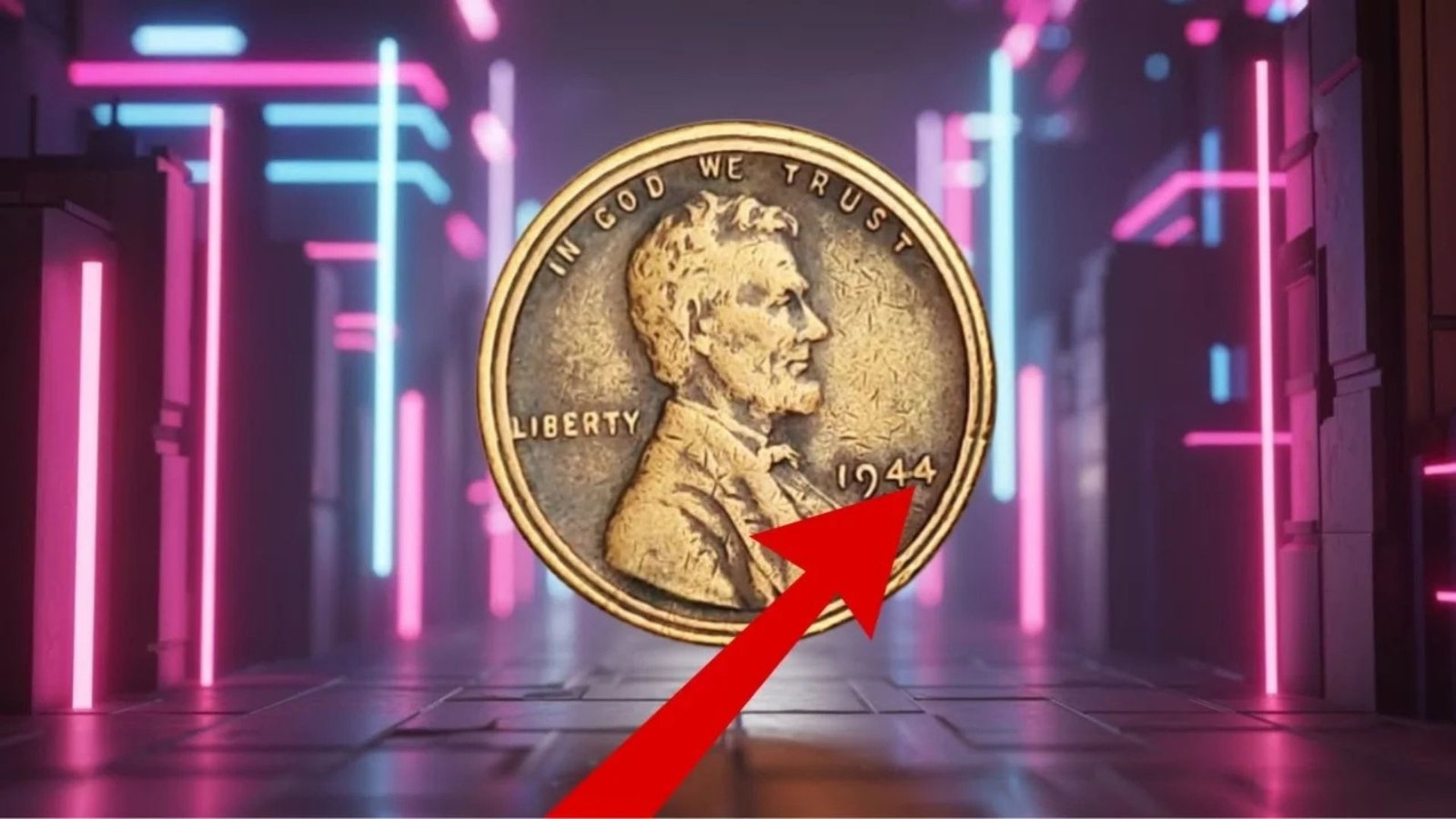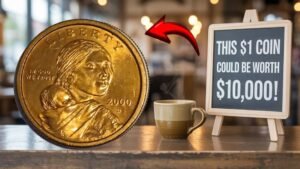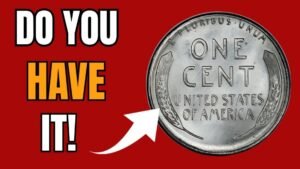Imagine finding a penny in your change that’s worth over $5 million. Sounds like a fairy tale, right? In a small jewelry store, a single Lincoln Wheat Penny turned spare change into a numismatic legend, leaving coin collectors stunned. Read on to unravel this thrilling mystery and learn how you might spot a fortune in your pocket!
What Is the Lincoln Wheat Penny?
The Lincoln Wheat Penny is no ordinary cent. Minted from 1909 to 1958, it features Abraham Lincoln’s profile and wheat stalks on the reverse, symbolizing prosperity. But what makes this coin extraordinary? A rare 1943 bronze version, mistakenly struck during World War II, recently surfaced in a jewelry store, valued at $5.232 million. This isn’t just pocket change—it’s a numismatic treasure!
The Surprising History of the Wheat Penny
In 1909, the U.S. Mint celebrated Lincoln’s centennial with a new penny designed by Victor David Brenner. It was the first U.S. coin to feature a real person, sparking controversy when Brenner’s initials, “V.D.B.,” appeared prominently. The Mint quickly removed them, creating the rare 1909-S VDB. Fast forward to 1943: copper was scarce due to wartime needs, so pennies were struck in zinc-coated steel. A few bronze blanks slipped through, creating the ultra-rare 1943 copper penny—the star of this jewelry store find.
Why This Coin Is Worth Millions Today
Why does a penny fetch $5.232 million? Rarity, condition, and history. Only about 20 1943 bronze pennies exist, making them collector’s gold. Their wartime error status adds intrigue, and pristine condition skyrockets value. Recent auctions show these coins climbing from $1.7 million in 2010 to millions more today, driven by soaring collector demand. This jewelry store’s find proves these treasures still circulate, waiting to be discovered.
| Coin | Rarity | Auction Record | Key Feature |
|---|---|---|---|
| 1943 Bronze Penny | ~20 known | $1.7M (2010) | Wartime error |
| 1909-S VDB | 484,000 minted | $168,000 (2022) | Low mintage |
| 1955 Double Die | ~24,000 minted | $114,000 (2018) | Visible doubling |
How to Spot a Valuable Wheat Penny
Want to find your own million-dollar penny? Here’s how:
- Check the Date and Mint Mark: Look for 1943 (bronze, not steel) or 1909-S VDB. Mint marks (“S” for San Francisco, “D” for Denver) are under the date.
- Test with a Magnet: Steel pennies stick; valuable bronze ones don’t.
- Inspect for Errors: Look for doubled dates or lettering, like the 1955 Double Die.
- Condition Matters: Uncirculated coins with sharp details are worth more.
Visit coin shops, estate sales, or check bank rolls. Preserve finds in protective holders—never clean them, as it lowers value. Join a coin club for insider tips and community support.
Read More:
Could a $5 Million Lincoln Wheat Penny Be in Your Pocket? – CHECK HERE!
The Lincoln Wheat Penny Valued at $5.5 Million, Still in Circulation?
1976 Bicentennial Quarter Worth Over $1.5 Million Is Still Out There
Jaw-Dropping Facts About the $5.232M Coin
- Rarity: Fewer than 20 1943 bronze pennies are known, with some still unaccounted for.
- Auction Frenzy: A 1943-D bronze penny sold for $1.7 million in 2010; estimates now reach $5.232 million for top-grade examples.
- Unexpected Find: The jewelry store discovered the coin in a customer’s loose change, sparking global collector buzz.
- Counterfeit Risks: Fakes are common—always verify with professional grading services like PCGS or NGC.
| Year | Mint Mark | Estimated Value (Mint State) | Notes |
|---|---|---|---|
| 1943 | None, D, S | $100,000–$5.232M | Bronze error |
| 1909 | S (VDB) | $1,000–$168,000 | Rare mintage |
| 1914 | D | $300–$158,625 | Low mintage |
Expert Tips for Coin Collectors
- Start Small: Collect common Wheat Pennies to learn the ropes before chasing rarities.
- Use a Magnifying Glass: Spot errors like doubled dies or missing mint marks.
- Authenticate Finds: Use PCGS or NGC for grading to ensure authenticity and value.
- Join Communities: Connect with collectors on Reddit’s r/coins or local clubs for insights.
- Stay Updated: Follow auction sites and CoinWeek for market trends.
Frequently Asked Questions
How do I know if my 1943 penny is bronze?
Test it with a magnet. Steel pennies stick; bronze ones don’t. Check for a mint mark and consult a professional grader.
Where can I sell a valuable Wheat Penny?
Try reputable auction houses, certified dealers, or platforms like eBay, but verify authenticity first to avoid scams.
Are all Wheat Pennies valuable?
No, most are worth cents, but rare dates (1909-S VDB, 1943 bronze) or errors can fetch thousands or millions.
Can I still find these coins in circulation?
Yes! They’ve been found in change, jars, or estate sales, making every penny a potential treasure.
Conclusion: Could Your Pocket Hold a Treasure?
The Lincoln Wheat Penny proves that small change can hide big fortunes. From a jewelry store’s shocking $5.232 million discovery to tales of coins found in everyday transactions, this numismatic mystery keeps collectors and casual hunters on edge. Next time you get change, check those pennies—your pocket might hold a piece of history worth millions. Start your treasure hunt today, join a coin club, or share this story with friends. Who knows? The next big find could be yours!



